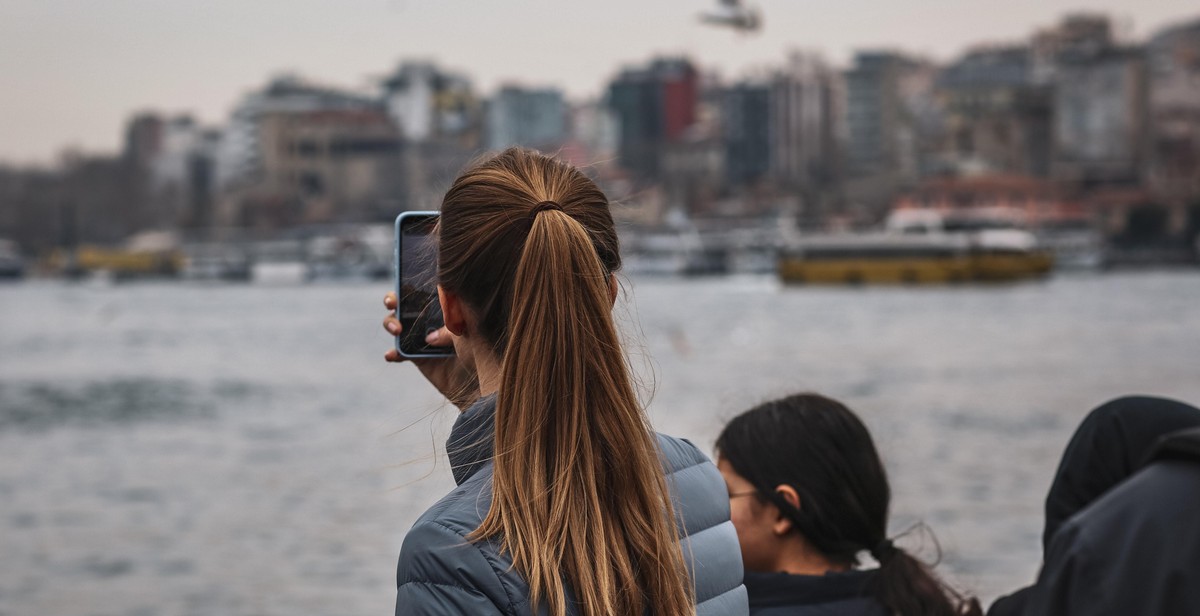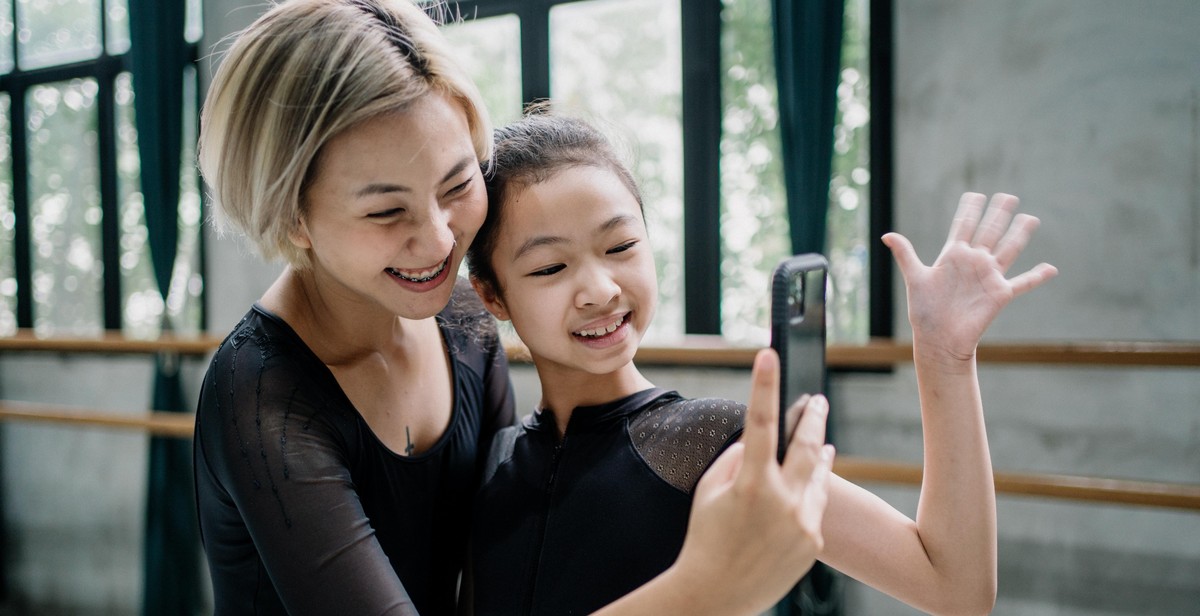Introduction: How to Improve Your Photography Skills: Techniques for Capturing Stunning Images
Photography is an art that allows us to capture moments, emotions, and memories that we can cherish forever. As a professional photographer with over 10 years of experience, I have learned that taking stunning pictures requires more than just a good camera. It takes technique, patience, and practice.
My Personal Experience with Photography
I fell in love with photography when I was 16 years old, and my parents gifted me my first camera. I started taking pictures of everything around me, from landscapes to people, and slowly developed my skills. Over the years, I have experimented with different techniques, lighting, and angles to capture the perfect shot.
From my personal experience, I have learned that improving your photography skills is a never-ending process. There is always something new to learn, and with the advancement of technology, there are always new tools and techniques to explore.
In this article, I will share some of my tried and tested techniques that will help you improve your photography skills and take stunning images that you can be proud of.

Understanding Photography Basics
Photography is an art that requires a good understanding of the basic concepts and techniques. Here are the key elements that you need to understand to improve your photography skills:
Aperture
Aperture refers to the opening in the lens that allows light to pass through. It is measured in f-stops and controls the amount of light that enters the camera. A wider aperture (lower f-stop) lets in more light and creates a shallow depth of field, while a smaller aperture (higher f-stop) lets in less light and creates a deeper depth of field. Understanding aperture is crucial in controlling the focus and depth of field in your photographs.
Shutter Speed
Shutter speed refers to the amount of time that the camera’s shutter is open. It is measured in seconds or fractions of a second and determines the amount of light that enters the camera. A faster shutter speed (higher number) captures fast-moving objects without blur, while a slower shutter speed (lower number) captures motion blur. Understanding shutter speed is essential in capturing motion and freezing action in your photographs.
ISO
ISO refers to the sensitivity of the camera’s sensor to light. It is measured in numbers and controls the amount of noise (graininess) in your images. A lower ISO is ideal for bright conditions, while a higher ISO is ideal for low-light conditions. Understanding ISO is crucial in creating well-exposed images in different lighting situations.
Composition and Framing
Composition and framing refer to the arrangement of elements within the frame. It involves deciding what to include and exclude in the photograph and how to arrange the main subject and other elements. Understanding composition and framing is essential in creating visually appealing and balanced images.
Lighting and Exposure
Lighting and exposure refer to the amount of light that enters the camera and how it affects the image. Good lighting is essential in creating well-exposed and sharp images. Understanding exposure involves balancing the aperture, shutter speed, and ISO to create a well-exposed image.
By understanding these basic concepts and techniques, you can start to improve your photography skills and take stunning images.

Practical Techniques to Improve Your Photography Skills
Experimenting with Different Angles and Perspectives
One of the easiest ways to improve your photography skills is to experiment with different angles and perspectives. Don’t be afraid to get low to the ground or climb up high to get a unique perspective on your subject. Try shooting from different angles and see how it affects the overall look and feel of your photo.
You can also experiment with different lenses to achieve different angles and perspectives. Wide-angle lenses can help you capture more of the scene, while telephoto lenses can help you isolate your subject.
Using Natural Light to Your Advantage
Lighting is one of the most important factors in photography, and natural light can be your best friend. Try shooting during the golden hour, which is the hour after sunrise and the hour before sunset, when the light is soft and warm. Avoid shooting in harsh, midday sun, which can create unflattering shadows and highlights.
If you’re shooting indoors, try to position your subject near a window to take advantage of natural light. You can also use reflectors or diffusers to control the light and create a more flattering look.
Mastering Manual Mode
While automatic mode can be convenient, mastering manual mode can give you more control over your photos. With manual mode, you can adjust the aperture, shutter speed, and ISO to achieve the look you want.
Start by learning the basics of exposure, which is the amount of light that enters your camera. A well-exposed photo has a balance of brightness and contrast. Experiment with different settings to see how they affect your photos.
Capturing Motion and Movement
If you want to capture motion and movement in your photos, you’ll need to use a faster shutter speed. This will freeze the action and create a sharp image. Try panning, which is when you follow the movement of your subject with your camera, to create a sense of motion.
You can also experiment with long exposures to create a sense of motion. This works well for capturing moving water or light trails. Use a tripod to keep your camera steady during long exposures.
- Experiment with different angles and perspectives
- Use natural light to your advantage
- Master manual mode for more control over your photos
- Capture motion and movement with faster shutter speeds and long exposures
By practicing these techniques, you can improve your photography skills and capture stunning images that you’ll be proud to share.

Post-Processing and Editing
Post-processing and editing are essential steps in photography, as they help you enhance the quality of your images and make them look more professional. Here are some tips on how to improve your post-processing and editing skills:
Choosing the Right Editing Software
The first step in post-processing is choosing the right editing software. There are many options available, both free and paid. Some of the most popular ones include Adobe Photoshop, Lightroom, and GIMP. Each software has its own features and advantages, so it is important to choose one that suits your needs and preferences.
Adjusting Exposure, Contrast, and Colors
Once you have chosen your editing software, the next step is to adjust the exposure, contrast, and colors of your image. Exposure refers to the brightness or darkness of your image, while contrast determines the difference between the lightest and darkest parts of your image. Colors can also be adjusted to make your image look more vibrant and vivid.
Most editing software has tools for adjusting these settings, such as sliders or curves. You can experiment with different settings to find the right balance for your image.
Cropping and Resizing
Cropping and resizing are also important steps in post-processing. Cropping allows you to remove unwanted parts of your image and focus on the subject, while resizing can help you adjust the size of your image for different purposes, such as printing or sharing on social media.
Most editing software has tools for cropping and resizing, such as the crop tool or the image size dialog box. You can use these tools to crop and resize your image according to your needs.
Conclusion
Post-processing and editing are essential skills for any photographer, as they help you enhance the quality of your images and make them look more professional. By choosing the right editing software, adjusting exposure, contrast, and colors, and cropping and resizing your images, you can take your photography skills to the next level.

Conclusion
Improving your photography skills requires practice, patience, and experimentation. By using the techniques outlined in this article, you can capture stunning images that will impress your viewers.
Practice Makes Perfect
One of the most important things you can do to improve your photography skills is to practice regularly. Take your camera with you wherever you go and look for opportunities to take photos. Experiment with different settings and techniques to see what works best for you.
Don’t be afraid to make mistakes. Every photo you take is an opportunity to learn and grow as a photographer. Review your photos and analyze what you did well and what you could improve on. Use this feedback to guide your future practice sessions.
Find Inspiration
Another way to improve your photography skills is to find inspiration in the work of other photographers. Look at their photos and analyze what makes them successful. Study their use of composition, lighting, and color to see how you can incorporate these techniques into your own work.
Attend photography workshops, join photography groups, and participate in online forums to connect with other photographers and gain new ideas and perspectives.
Keep Learning
The world of photography is constantly evolving, and there is always something new to learn. Stay up-to-date with the latest trends and techniques by reading photography blogs, watching tutorials, and attending workshops.
Invest in quality equipment and software to give yourself the tools you need to produce high-quality images. And most importantly, have fun and enjoy the process of capturing stunning photos that you can be proud of.
